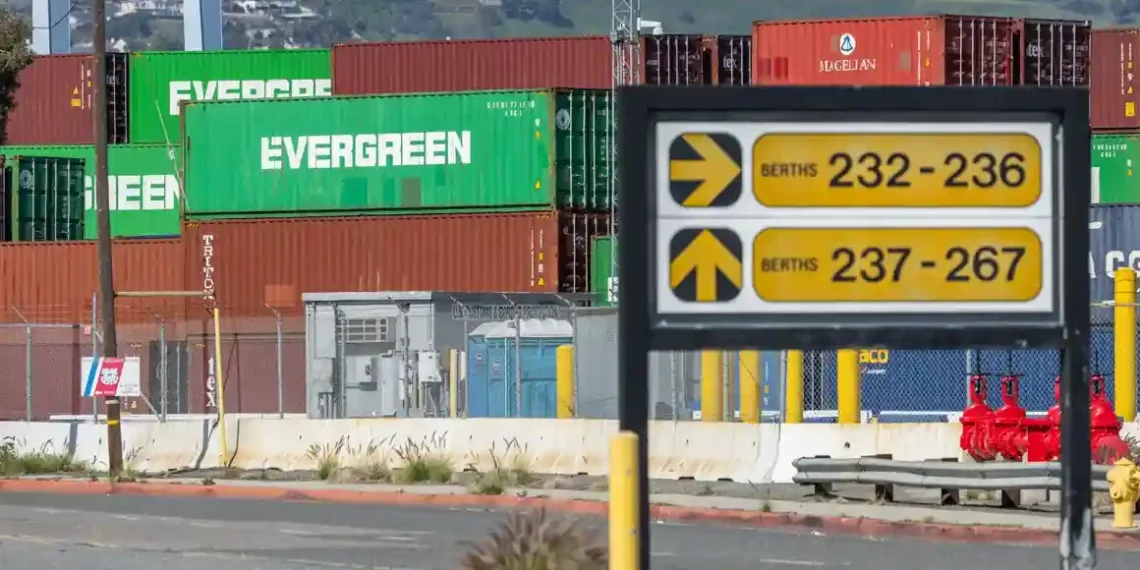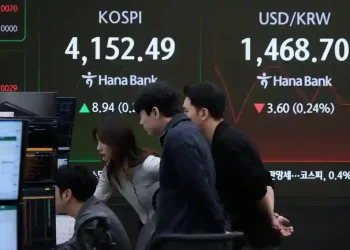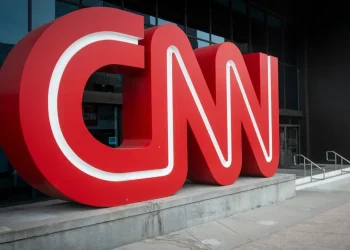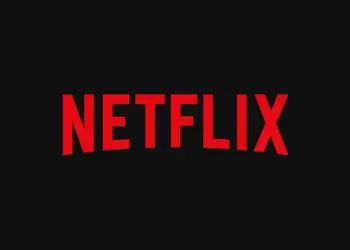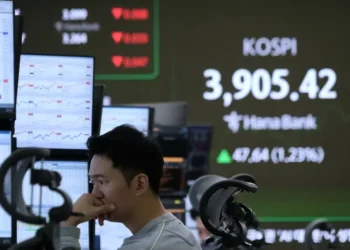US Economy Slips as Trump’s Tariff Policies Spark Uncertainty
The U.S. economy experienced its worst quarter since 2022, with a notable contraction driven by President Donald Trump’s abrupt policy shifts, including escalating trade tensions and tariffs. As a result, consumer and business confidence took a significant hit.
The U.S. economy shrank by 0.3% in the first quarter of the year, according to the Commerce Department’s report released Wednesday. This marks a sharp slowdown from the previous quarter’s 2.4% growth rate, and the decline was far worse than the 0.8% growth economists had predicted. The figures reflect both seasonal adjustments and inflation.
Following the announcement, U.S. stock markets took a hit, with investors responding negatively to the unexpected downturn.
One of the key factors contributing to the decline was a widening trade deficit. With consumers rushing to purchase goods ahead of impending tariffs, imports surged by 41.3% in the first quarter, while exports grew at a much slower 1.8% rate. When imports exceed exports, it pulls down the GDP, and this trade imbalance was the biggest drag on economic growth since records began in 1947.
Trump’s aggressive tariff strategy, particularly aimed at China, has fueled concerns among economists who warn that the trade disruptions could lead to higher inflation and even a recession. Despite these challenges, the president downplayed the poor economic report, blaming the lingering effects of policies under President Biden.
“Our Country will boom, but we have to get rid of the Biden ‘Overhang,’” Trump posted on social media, insisting that the economic slump had nothing to do with tariffs.
While the first quarter’s GDP report showed clear signs of weakness, it wasn’t all bad news. Consumer spending, which is a major driver of the U.S. economy, slowed to just 1.8% from a more robust 4% in the previous quarter. This was largely due to reduced spending on goods, marking the weakest pace since mid-2023.
Government spending also decreased by 5.1%, a significant shift from the 4% increase in the fourth quarter. On the other hand, business investment surged by 9.8%, likely in anticipation of higher costs from tariffs. This increase in investment provided some optimism, though experts pointed out that much of the spending was aimed at stockpiling goods.
Another concerning detail from the report was a sharper-than-expected rise in inflation. The Personal Consumption Expenditures (PCE) price index, a key inflation measure, jumped 3.6% in the first quarter—up from 2.4% in the fourth quarter. Excluding food and energy, the core PCE index increased by 3.5%, compared to 2.6% previously.
While inflation remains a worry, it’s not enough to definitively declare a recession. Recessions are defined as prolonged downturns that affect key sectors like labor, consumer spending, and business investment.
Though the economy showed signs of weakening, it’s still too early to declare a recession. A true recession involves a sustained downturn across various sectors, and while the data points to a slowdown, certain indicators—like the relatively low unemployment rate (4.2% in March)—remain positive.
Economists caution that the longer the tariff policies persist, the higher the likelihood of a full-blown recession. Gregory Daco, chief economist at Ernst & Young, pointed out that while we can’t officially call it a recession yet, the economy is teetering on the edge. The situation could worsen, particularly if trade policies remain unsettled.
Another red flag came from a separate report showing a sharp drop in private sector hiring. The ADP payroll report revealed that employers added just 62,000 jobs in April, well below the 147,000 jobs added in March. This slowdown in hiring reflects the growing uncertainty among businesses, making it harder to plan for the future.
Nela Richardson, chief economist at ADP, noted that the economic climate was making it difficult for companies to navigate policy changes and consumer unpredictability.
Though the economy remains on shaky ground, it’s important to note that the U.S. is not officially in a recession just yet. A recession is typically marked by two consecutive quarters of negative GDP growth, and while the first quarter was disappointing, it’s not enough to call a definitive downturn.
For now, all eyes are on whether the U.S. government will adjust its trade policies and whether businesses and consumers will continue to absorb the impact of tariffs. The months ahead will be crucial in determining the long-term trajectory of the U.S. economy.
This article was rewritten by JournosNews.com based on verified reporting from trusted sources. The content has been independently reviewed, fact-checked, and edited for accuracy, neutrality, tone, and global readability in accordance with Google News and AdSense standards.
All opinions, quotes, or statements from contributors, experts, or sourced organizations do not necessarily reflect the views of JournosNews.com. JournosNews.com maintains full editorial independence from any external funders, sponsors, or organizations.
Stay informed with JournosNews.com — your trusted source for verified global reporting and in-depth analysis. Follow us on Google News, BlueSky, and X for real-time updates.
